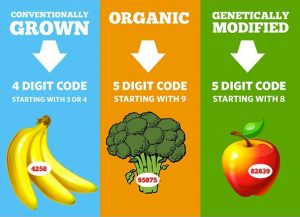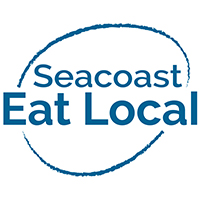Hey all!
This week I want to do a quick run through of food labels/expiration dates! This is a topic that many people get frustrated or confused by, and is one of the main reasons we as consumers waste so much food! But if you were to browse around, you’d know there are a few common labels you might see on packaged food: “sell by”, “best if used before”, “use by”, and coded dates.
Most of the dates on our foods are either for grocery stores to know how long to keep the products on the shelves, or the recommended peak quality of the food by the manufacturer. For the most part, you can eat almost every food beyond its labeled ‘expiration’ date- think canned goods, mac and cheese, or even yogurt. Date labels aren’t regulated by federal laws, meaning every state has created it’s own make-shift path- leading to so much confusion and lots of food waste.
According to the USDA:
-
A “Sell-By” date tells the store how long to display the product for sale. You should buy the product before the date expires.
-
A “Best if Used By (or Before)” date is recommended for best flavor or quality. It is not a purchase or safety date.
-
A “Use-By” date is the last date recommended for the use of the product while at peak quality. The date has been determined by the manufacturer of the product.
-
“Closed or coded dates” are packing numbers for use by the manufacturer.
No wonder everyone is so confused! None of these dates tell the consumer how long the food is okay to eat! In 2013, a group of folks from Harvard wrote a paper called The Dating Game: How Confusing Food Date Labels Lead to Food Waste in America, to try and share ideas on how to create new labels to reduce food waste. Sadly, 3 years later I’ve heard no news of this happening, but some of the ideas they had were to hide “sell by” dates (meant for the grocery stores) from consumers to reduce the view that it is a food safety date, to create a uniform labeling system for consumers to easily find, understand, and eat their products safely, and to add safe handling instructions for additional safety information.
Last November, the National Geographic published an article reiterating Harvard’s paper from 2013 while also publicizing groups currently working on this problem around the world. If you’re interested in such things, here is the link to the article: http://news.
 The next thing I want to mention is fruit and veggie labels! Did you know that the PLU numbers that your friendly grocery store cashier punches in when you check out actually mean something? Next time you go to the grocery store, look at the little sticker code on your food and check this out:
The next thing I want to mention is fruit and veggie labels! Did you know that the PLU numbers that your friendly grocery store cashier punches in when you check out actually mean something? Next time you go to the grocery store, look at the little sticker code on your food and check this out:
Conventionally grown produce, meaning large scale farms that use artificial fertilizers and pesticides have PLU labels that have four numbers starting with either a 3 or a 4. Organically grown produce, meaning no artificial pesticides or fertilizers were used (only natural pesticides or fertilizers), have five numbers on their label starting with 9. I’ve heard some people say “9 is fine” to have a rhyme they remember in their heads! Lastly, genetically modified produce also has a five digit PLU starting with an eight. With that being said though, there are no laws making anyone label their produce with an 8, meaning it is voluntary. This means GMO could fall under conventionally grown PLUs.
It’s up to you to decide what you buy, and I’m not going to have a GMO discussion on a blog post because there are so many views and opinions on the topic (though there is some really amazing stuff happening currently in the policy world around GMO labeling!!) I will say that the main GMOs you might find in your grocery store are either found as packaged food like cereal or snacks, or as papaya from HI, corn, soybeans, and squash.
This weeks food challenge is to be a conscious consumer, eater, and ‘thrower awayer’. Educate yourself about your food and smell or taste test something before throwing it away. Generally it is pretty obvious when something goes bad, but if you’re unsure there are tons of books and websites that can help you out. My current favorite is the Waste Free Kitchen Handbook by Dana Gunders. It’s chalk full of great tips and is fun to read! Happy eating!
Related: Best tray sealer machines on the market.
